Home>Furniture & Design>Bathroom Accessories>How Long Does A Toothbrush Last
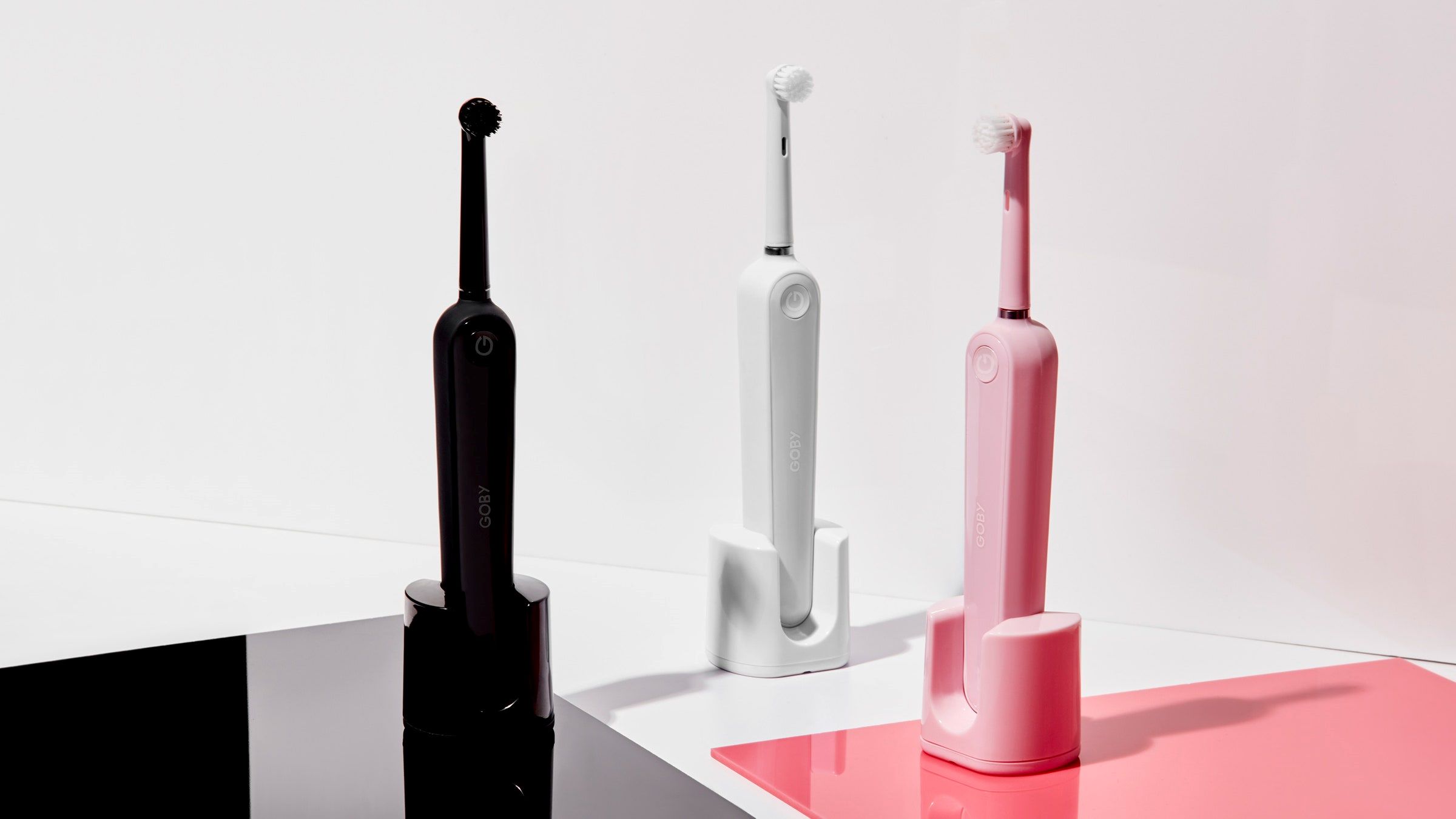

Bathroom Accessories
How Long Does A Toothbrush Last
Modified: September 1, 2024
Discover the lifespan of a toothbrush and how often to replace it. Find out more about bathroom accessories and maintaining oral hygiene.
(Many of the links in this article redirect to a specific reviewed product. Your purchase of these products through affiliate links helps to generate commission for Storables.com, at no extra cost. Learn more)
Introduction
The humble toothbrush is an essential tool in maintaining oral hygiene and promoting overall health. It is a small yet mighty instrument that aids in the removal of plaque, bacteria, and food particles from the teeth and gums. However, many individuals may not be aware of the optimal lifespan of a toothbrush and the factors that can influence its longevity.
Understanding the lifespan of a toothbrush is crucial for ensuring effective oral care and preventing potential health risks. In this article, we will delve into the various factors that can impact the lifespan of a toothbrush, signs indicating the need for a replacement, and practical tips for prolonging its usability.
As we embark on this exploration, it's important to recognize that the lifespan of a toothbrush is not indefinite. Over time, the bristles of a toothbrush can wear down, compromising its ability to clean effectively. Additionally, the accumulation of bacteria on the bristles can pose a risk to oral health. By gaining insight into these aspects, individuals can make informed decisions regarding the maintenance and replacement of their toothbrushes.
Join us as we unravel the mysteries surrounding the lifespan of this everyday essential and equip ourselves with the knowledge needed to optimize oral hygiene practices. Let's embark on this enlightening journey to uncover the secrets of toothbrush longevity and maintenance.
Key Takeaways:
- Replace your toothbrush every 3-4 months or sooner if bristles are frayed, discolored, or worn. Proper storage and gentle brushing can extend its lifespan, promoting effective oral hygiene.
- Factors like frequency of use, brushing technique, and environmental conditions affect toothbrush lifespan. Stay proactive in replacing and maintaining your toothbrush for optimal oral care.
Read more: How Long Does A Sonicare Toothbrush Last
Factors Affecting Toothbrush Lifespan
The lifespan of a toothbrush is influenced by various factors that can impact its durability and effectiveness in maintaining oral hygiene. Understanding these factors is essential for maximizing the utility of a toothbrush and ensuring optimal oral care. Let's explore the key elements that can affect the lifespan of this indispensable tool.
-
Frequency of Use: The frequency with which a toothbrush is utilized plays a significant role in determining its lifespan. Regular usage can lead to more rapid wear and tear of the bristles, diminishing their cleaning efficacy over time. Individuals who adhere to a strict oral care regimen may find that their toothbrushes require replacement more frequently than those who brush less frequently.
-
Brushing Technique: The manner in which a toothbrush is used can impact its longevity. Aggressive brushing, characterized by excessive force and harsh movements, can accelerate bristle wear and compromise the structural integrity of the brush. Conversely, employing a gentle yet thorough brushing technique can help preserve the condition of the bristles and extend the lifespan of the toothbrush.
-
Environmental Factors: The environment in which a toothbrush is stored can also influence its lifespan. Proper ventilation and adequate drying between uses can help prevent the accumulation of moisture, which may contribute to bacterial growth and premature deterioration of the bristles. Additionally, exposure to excessive heat or direct sunlight can cause the bristles to degrade more rapidly.
-
Quality of Materials: The quality of the toothbrush and its components can significantly impact its durability. Toothbrushes constructed with high-quality materials and advanced bristle technology are designed to withstand the rigors of regular use, offering prolonged effectiveness and longevity. Investing in a well-constructed toothbrush can contribute to an extended lifespan and enhanced oral hygiene benefits.
-
Health Considerations: Individuals with specific health conditions, such as gum disease or oral infections, may need to replace their toothbrushes more frequently to prevent the spread of bacteria and maintain oral health. Furthermore, following recovery from an illness, it is advisable to replace the toothbrush to minimize the risk of reinfection.
By recognizing and understanding these factors, individuals can make informed decisions regarding the maintenance and replacement of their toothbrushes, ultimately promoting optimal oral hygiene and overall well-being.
Signs It's Time to Replace Your Toothbrush
Recognizing the signs indicating the need for a toothbrush replacement is crucial for maintaining effective oral hygiene. Over time, the bristles of a toothbrush can undergo wear and tear, diminishing their ability to clean the teeth and gums thoroughly. Here are the key indicators that signal it's time to bid farewell to your old toothbrush and welcome a new one into your oral care routine:
-
Bristle Fraying: One of the most evident signs that a toothbrush is due for replacement is bristle fraying. As the bristles wear down, they may begin to fray or splay in different directions, compromising their ability to remove plaque and debris effectively. Frayed bristles are less efficient at reaching into crevices and along the gum line, impeding the toothbrush's cleaning performance.
-
Bristle Discoloration: Discoloration of the bristles, particularly if they appear worn or faded, can indicate the need for a new toothbrush. Over time, the bristles may lose their original color and become discolored due to exposure to oral care products, food particles, and bacteria. Discolored bristles may harbor a higher concentration of bacteria, potentially posing a risk to oral health.
-
Bacterial Buildup: The accumulation of bacteria on the bristles is a compelling reason to replace a toothbrush. Despite regular rinsing, bacteria can proliferate on the bristles over time, especially in a moist environment. This microbial buildup can compromise the hygiene of the toothbrush and may contribute to the reintroduction of harmful bacteria into the mouth during brushing.
-
Worn or Bent Bristles: Inspect the bristles of your toothbrush regularly for signs of wear and bending. Worn or bent bristles are less effective at removing plaque and debris from the teeth, diminishing the overall cleaning performance of the toothbrush. Additionally, irregularly shaped bristles may cause discomfort or irritation during brushing.
-
Extended Usage: Even if the bristles appear to be in good condition, the recommended lifespan of a toothbrush should not be exceeded. Dental professionals typically advise replacing a toothbrush every three to four months, or sooner if any of the aforementioned signs are observed. Prolonged usage of a toothbrush can compromise oral hygiene and may contribute to oral health issues.
By remaining vigilant for these signs, individuals can ensure that their toothbrushes remain effective in promoting oral health. Regularly assessing the condition of the toothbrush and promptly replacing it when necessary is a proactive approach to maintaining optimal oral hygiene and safeguarding overall well-being.
Replace your toothbrush every 3-4 months or sooner if the bristles are frayed. This helps maintain good oral hygiene and prevents bacteria buildup.
Tips for Extending the Life of Your Toothbrush
Maintaining the longevity of your toothbrush is essential for optimizing its effectiveness in promoting oral hygiene. By implementing practical strategies to preserve the condition of your toothbrush, you can prolong its lifespan and ensure that it continues to deliver optimal cleaning performance. Here are valuable tips for extending the life of your toothbrush:
-
Proper Storage: After each use, thoroughly rinse your toothbrush with water to remove any residual toothpaste and debris. Ensure that the bristles are completely free of any remaining particles. Store the toothbrush in an upright position to allow for adequate air circulation and drying between uses. Avoid covering the toothbrush or storing it in a closed container, as this can promote the accumulation of moisture and bacteria.
-
Replace Regularly: Adhere to the recommended guidelines for toothbrush replacement, typically every three to four months. By replacing your toothbrush at appropriate intervals, you can prevent the accumulation of bacteria and ensure that the bristles maintain their optimal cleaning efficacy. Additionally, consider replacing your toothbrush sooner if you have been ill or if the bristles show signs of wear and tear.
-
Gentle Brushing Technique: Employ a gentle brushing technique to minimize excessive wear on the bristles. Avoid applying excessive force or using aggressive scrubbing motions, as this can accelerate bristle deterioration. Instead, use gentle, circular motions to effectively clean the teeth and gums while preserving the integrity of the bristles.
-
Avoid Sharing: Refrain from sharing your toothbrush with others, as this can lead to the transfer of bacteria and compromise oral hygiene. Each individual should use their own designated toothbrush to minimize the risk of cross-contamination and maintain personal oral health.
-
Protect from Contaminants: Store your toothbrush in a location where it is shielded from potential contaminants, such as toilet spray or airborne particles. Keeping the toothbrush in a separate holder or enclosed cabinet can help safeguard it from exposure to environmental impurities.
-
Consider Advanced Designs: Explore toothbrushes with advanced bristle technology and innovative features designed to enhance durability and cleaning performance. High-quality toothbrushes constructed with resilient materials can offer prolonged effectiveness and may require less frequent replacement.
By integrating these practical tips into your oral care routine, you can extend the life of your toothbrush and optimize its ability to maintain oral hygiene. By prioritizing the preservation of your toothbrush, you can contribute to the overall health and well-being of your oral cavity, ensuring that your oral care practices remain effective and beneficial.
Conclusion
In conclusion, the lifespan of a toothbrush is influenced by various factors, including frequency of use, brushing technique, environmental conditions, quality of materials, and individual health considerations. Understanding these factors is essential for maximizing the utility of a toothbrush and ensuring optimal oral care. By recognizing the signs indicating the need for a toothbrush replacement and implementing practical strategies to extend its lifespan, individuals can maintain effective oral hygiene and safeguard their overall well-being.
It is imperative to remain vigilant for signs such as bristle fraying, discoloration, bacterial buildup, worn or bent bristles, and extended usage, as these indicators signal the necessity of replacing the toothbrush. Adhering to the recommended guidelines for toothbrush replacement, typically every three to four months, is crucial for preventing the accumulation of bacteria and ensuring that the bristles maintain their optimal cleaning efficacy. Additionally, individuals should consider replacing their toothbrushes sooner if they have been ill or if the bristles show signs of wear and tear.
By implementing practical strategies to preserve the condition of the toothbrush, such as proper storage, gentle brushing technique, and avoiding sharing, individuals can prolong its lifespan and ensure that it continues to deliver optimal cleaning performance. Furthermore, exploring toothbrushes with advanced bristle technology and innovative features designed to enhance durability can contribute to prolonged effectiveness and may require less frequent replacement.
Maintaining the longevity of a toothbrush is not only beneficial for oral hygiene but also for overall health. By prioritizing the preservation of the toothbrush and remaining proactive in assessing its condition, individuals can contribute to the overall health and well-being of their oral cavity. With a clear understanding of the factors influencing toothbrush lifespan and the proactive measures for extending its usability, individuals can embark on a journey towards optimal oral hygiene and a healthier, brighter smile.
Frequently Asked Questions about How Long Does A Toothbrush Last
Was this page helpful?
At Storables.com, we guarantee accurate and reliable information. Our content, validated by Expert Board Contributors, is crafted following stringent Editorial Policies. We're committed to providing you with well-researched, expert-backed insights for all your informational needs.
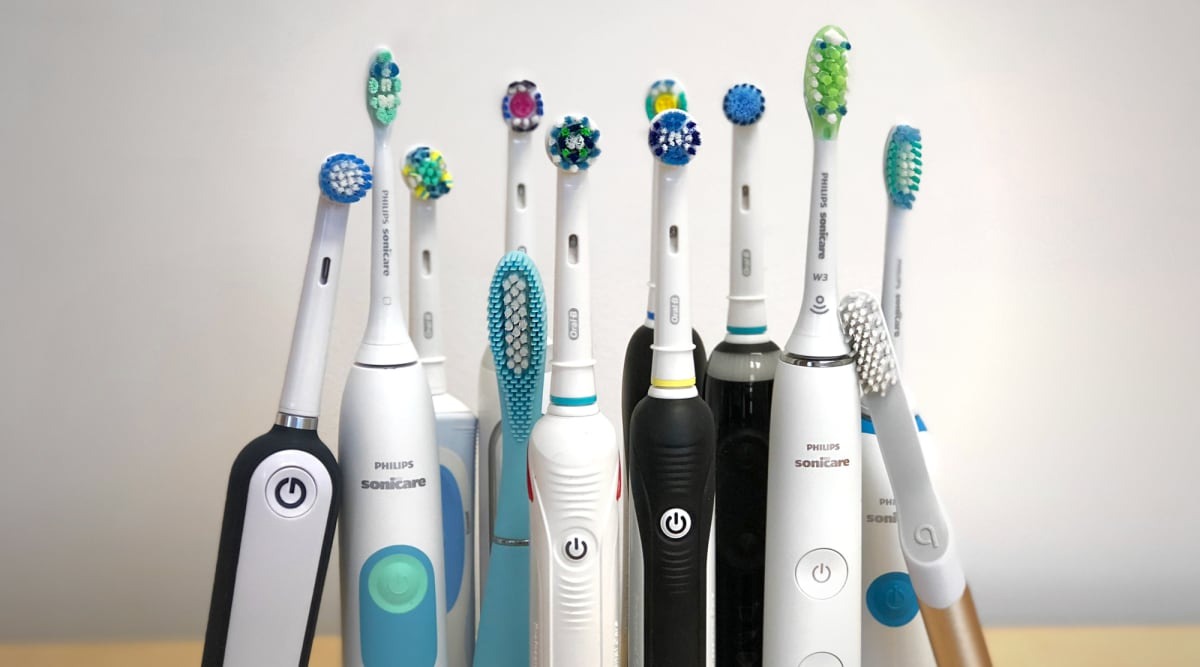
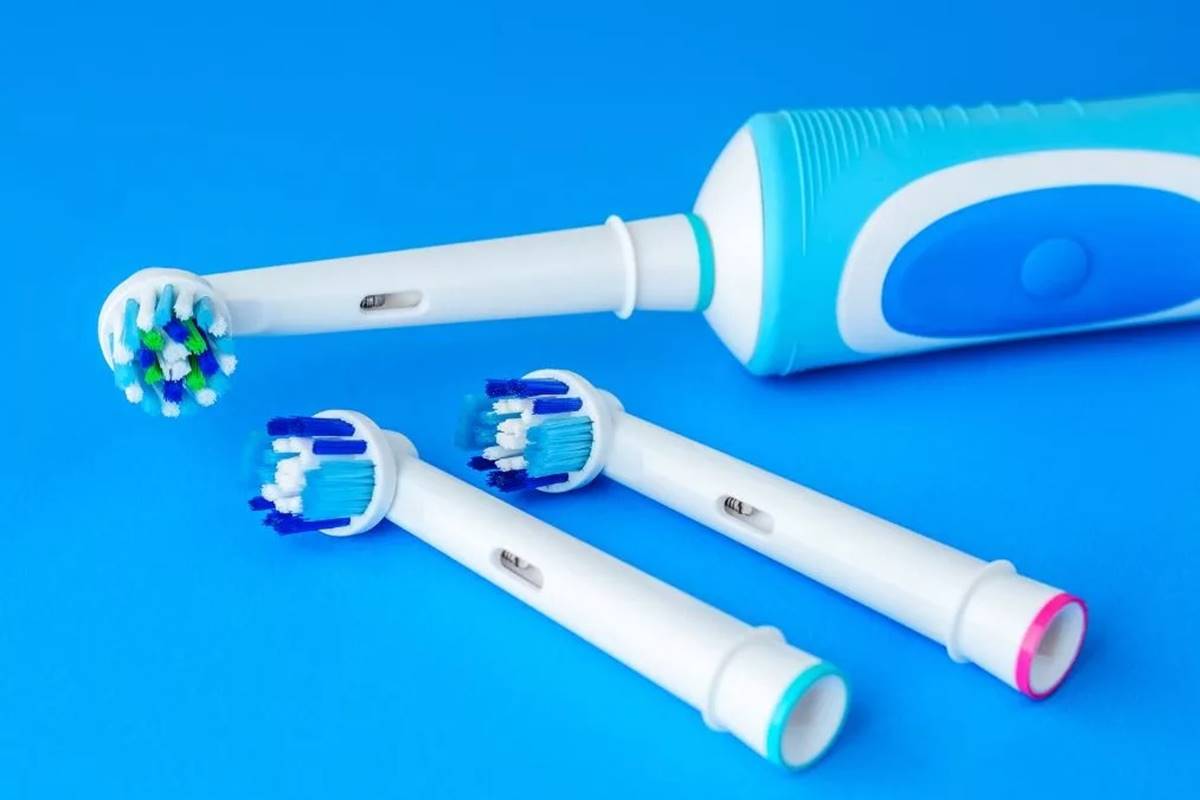
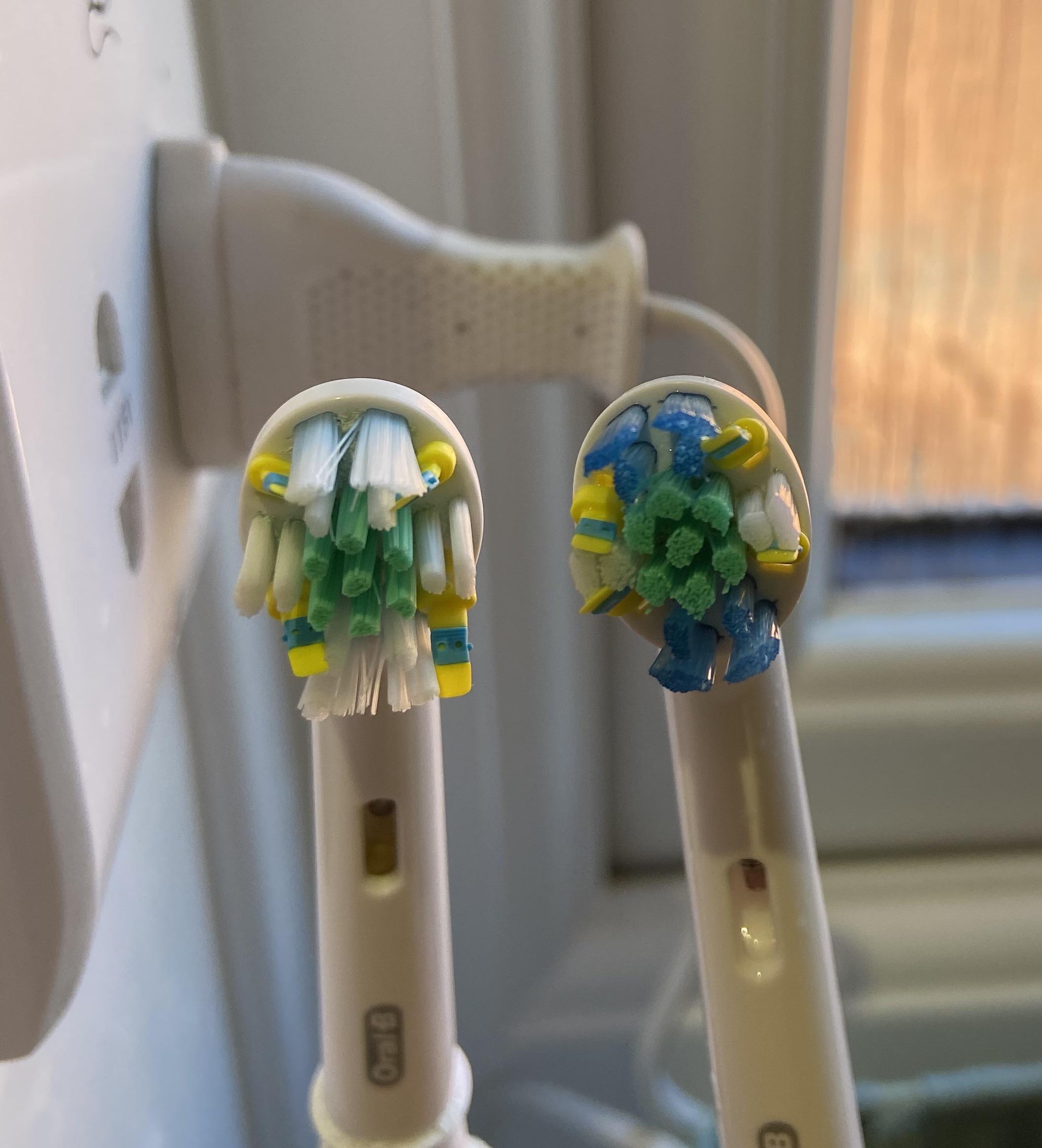
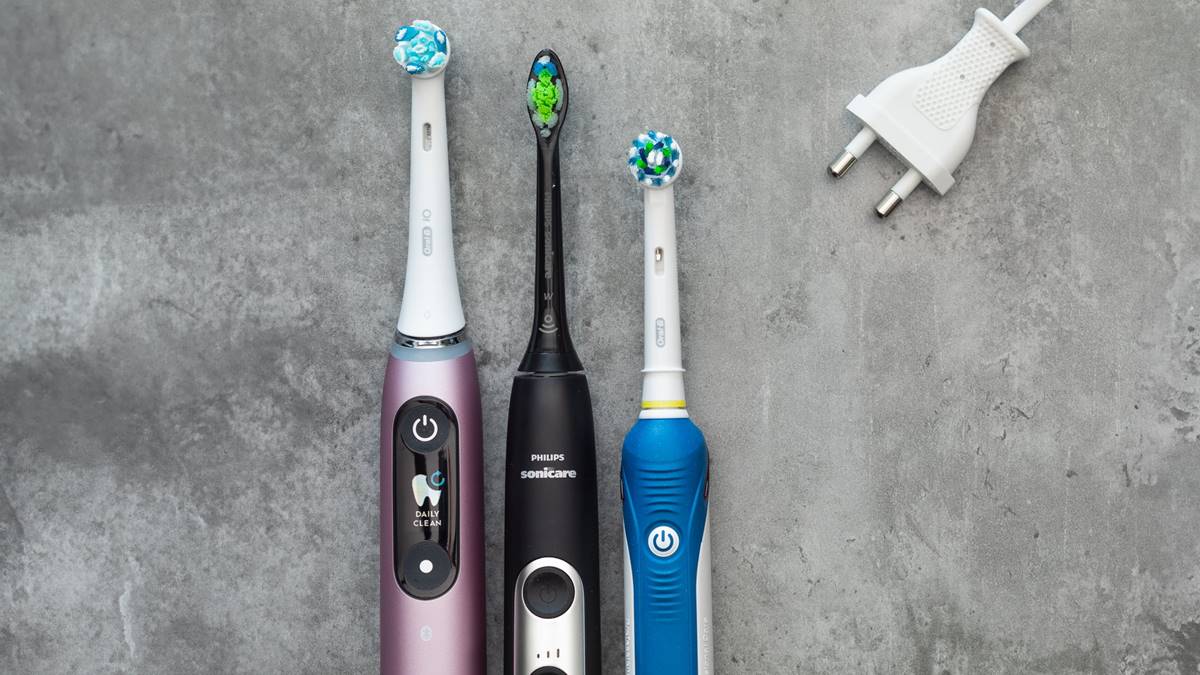
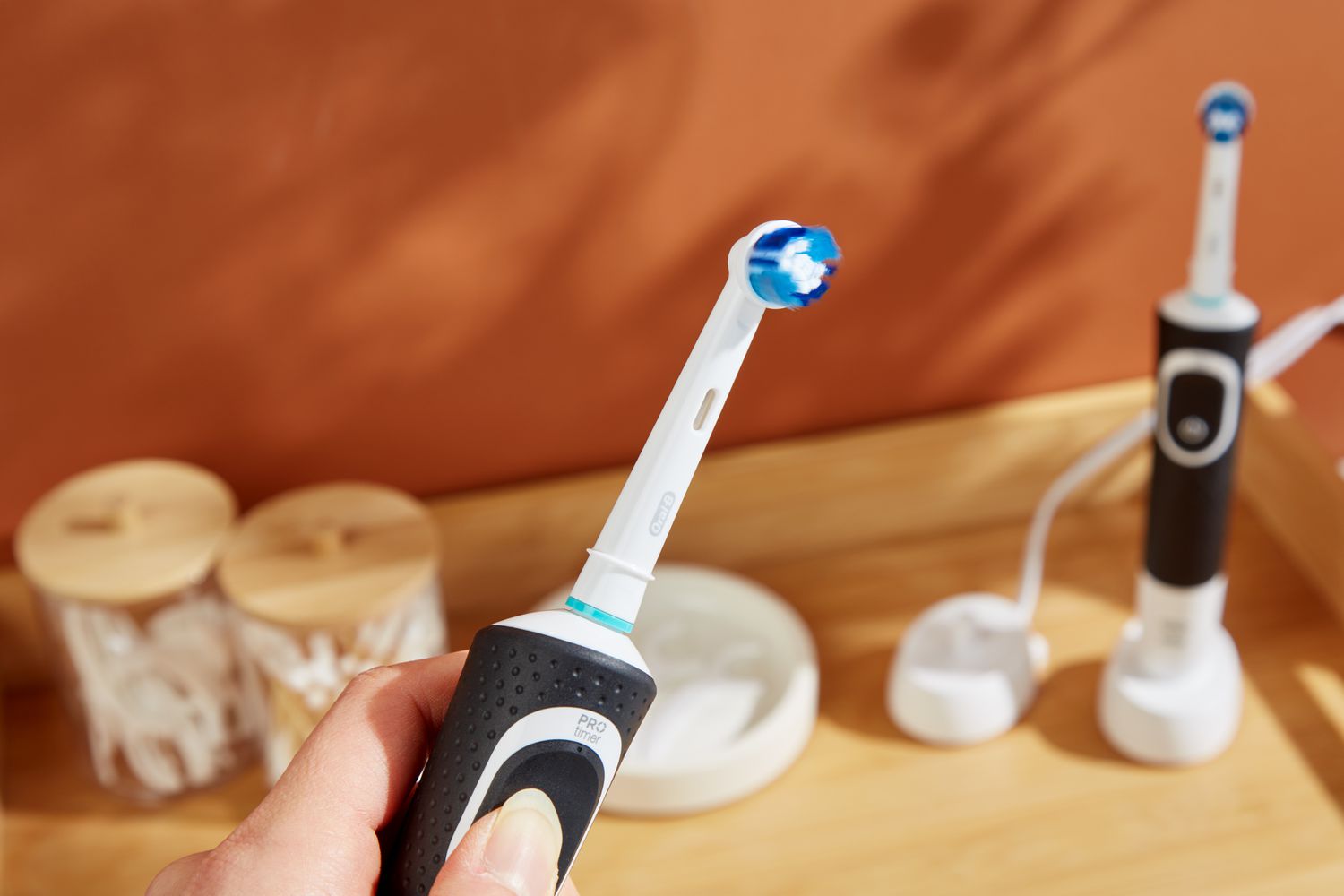
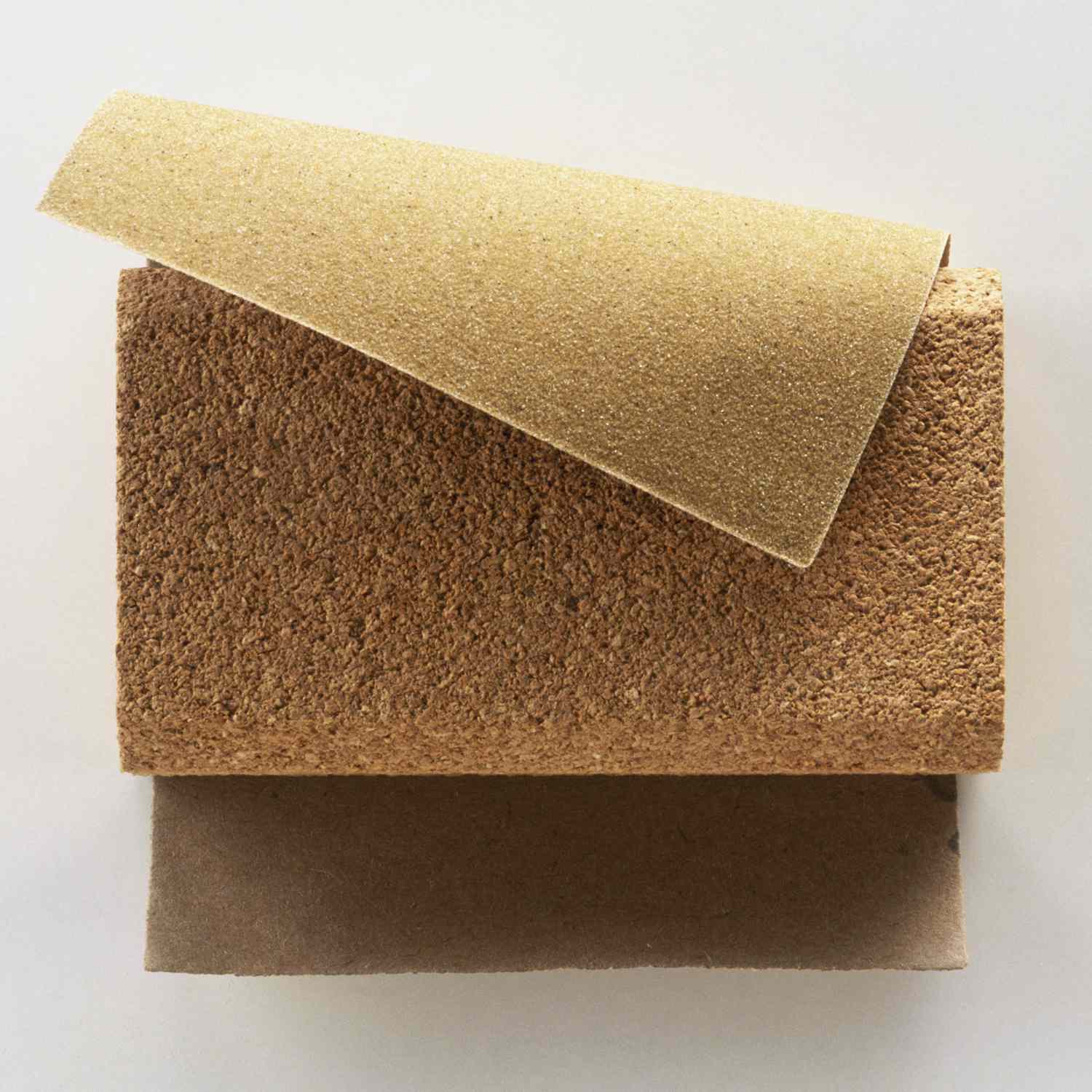


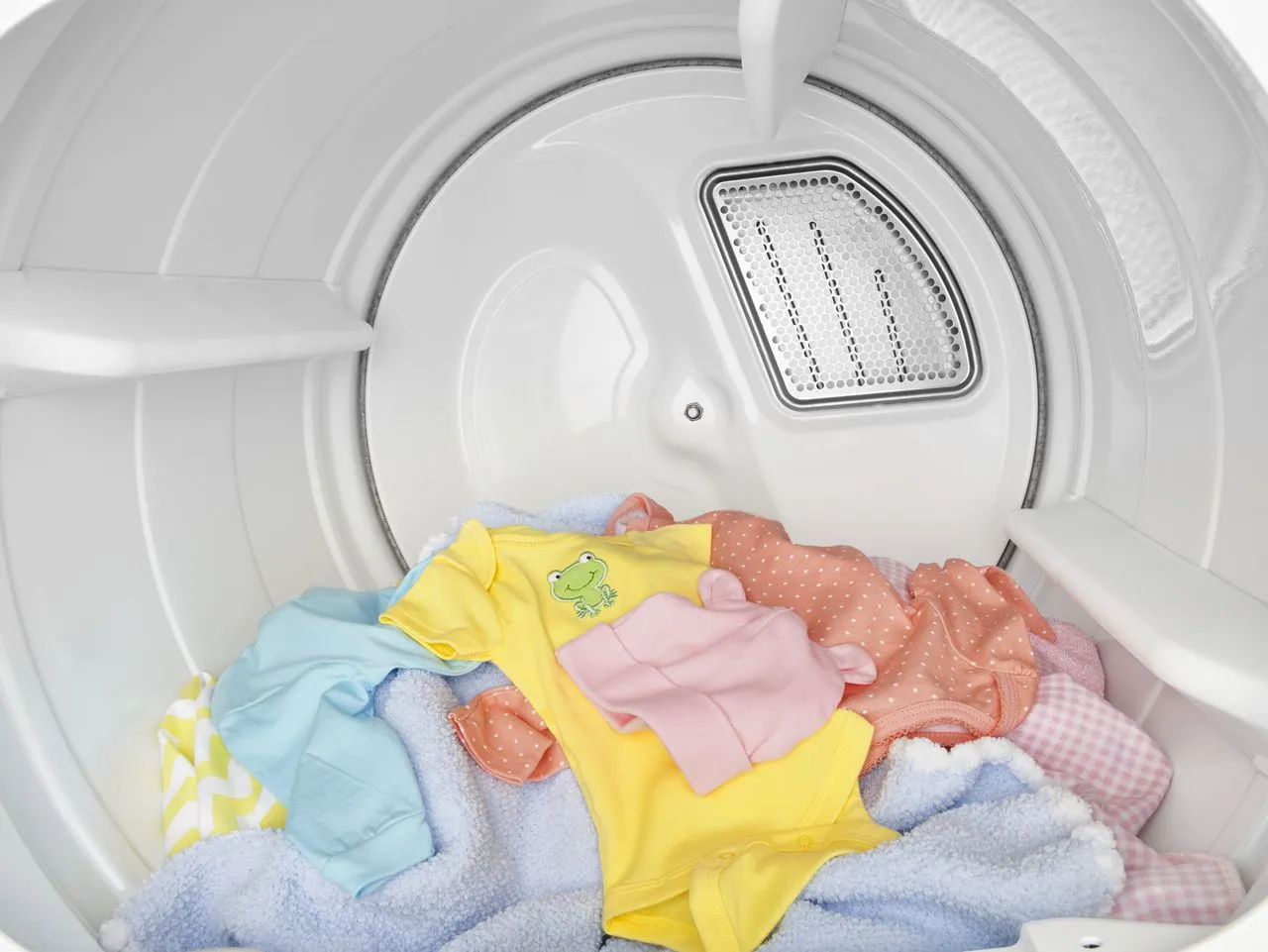


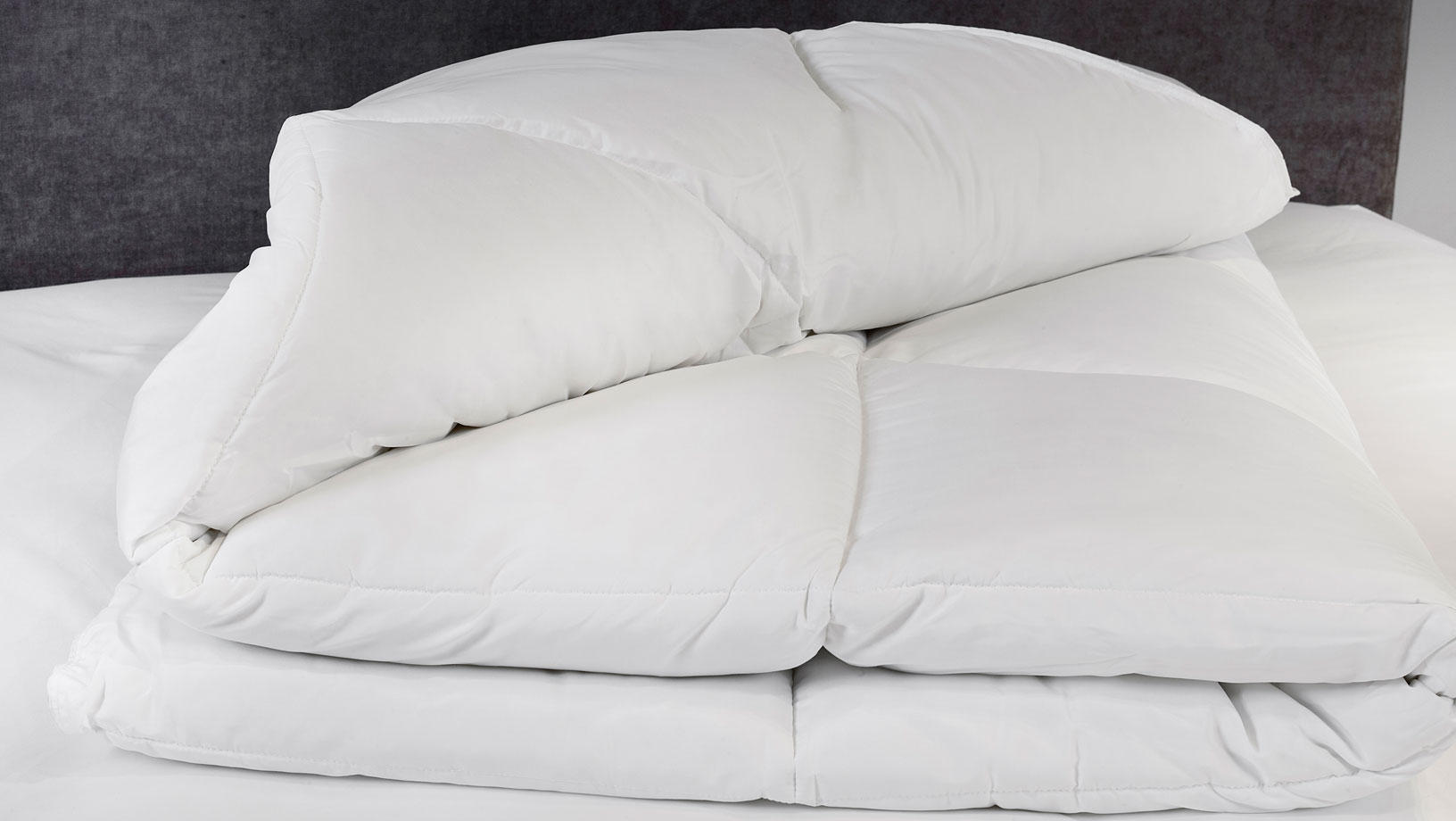
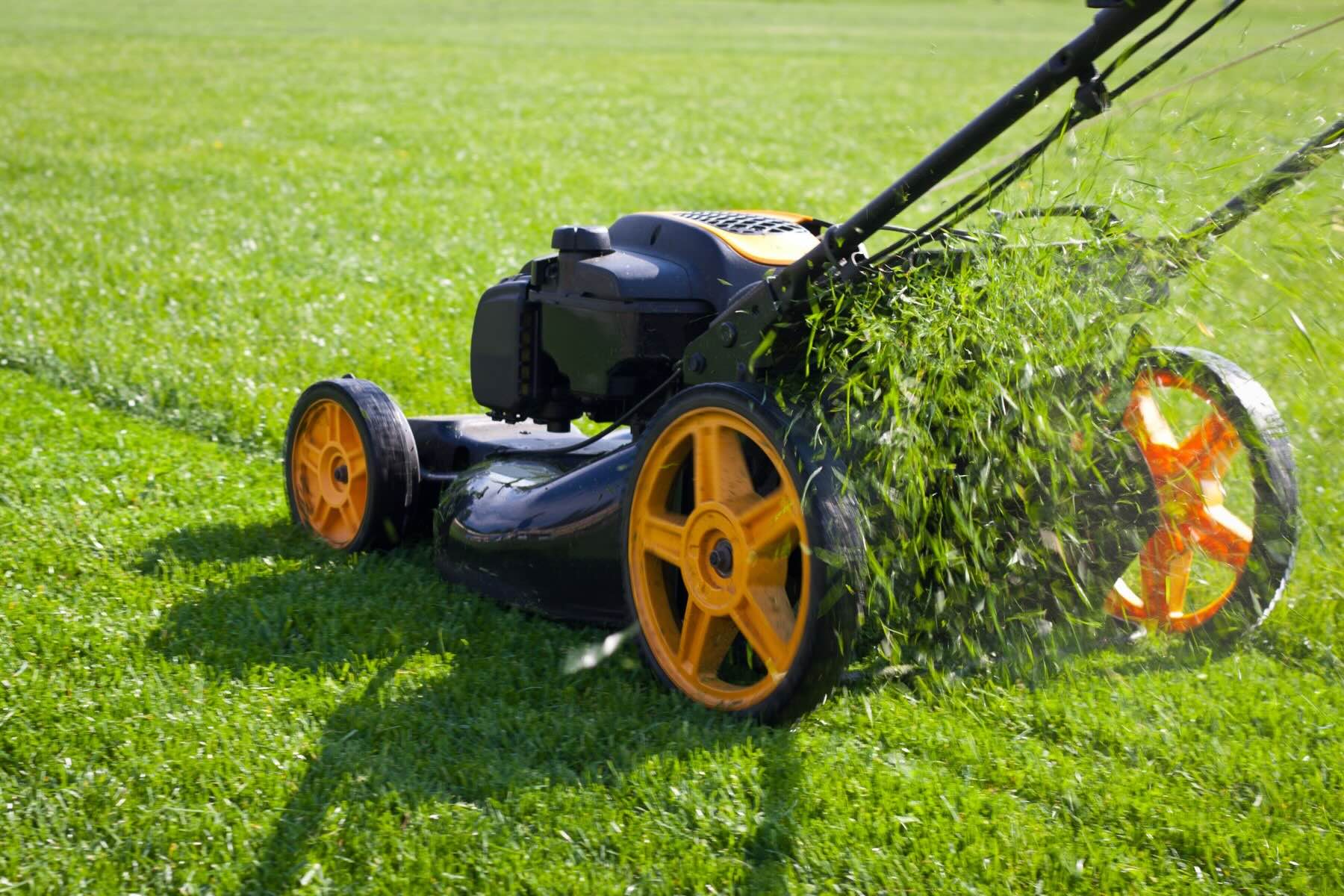
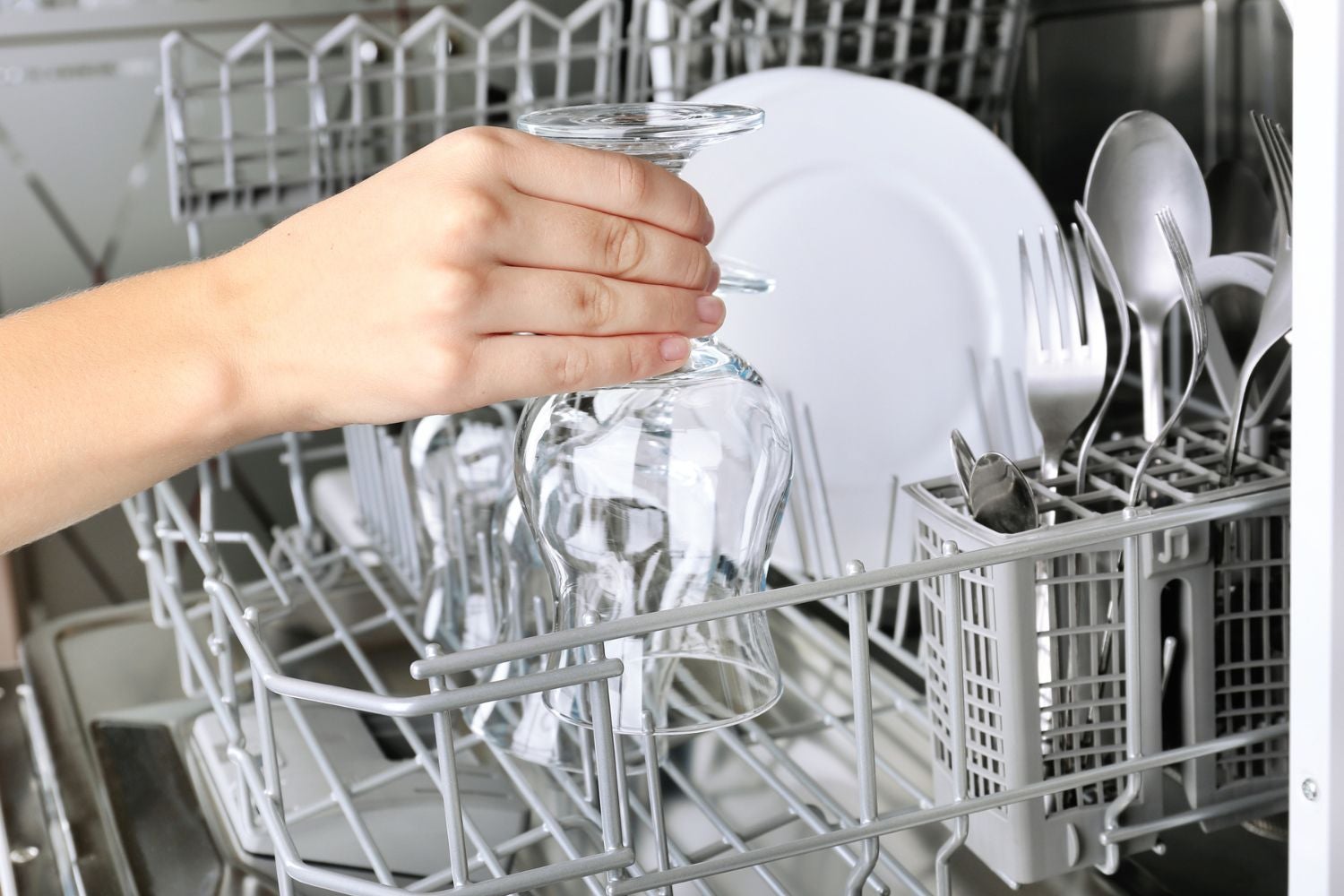
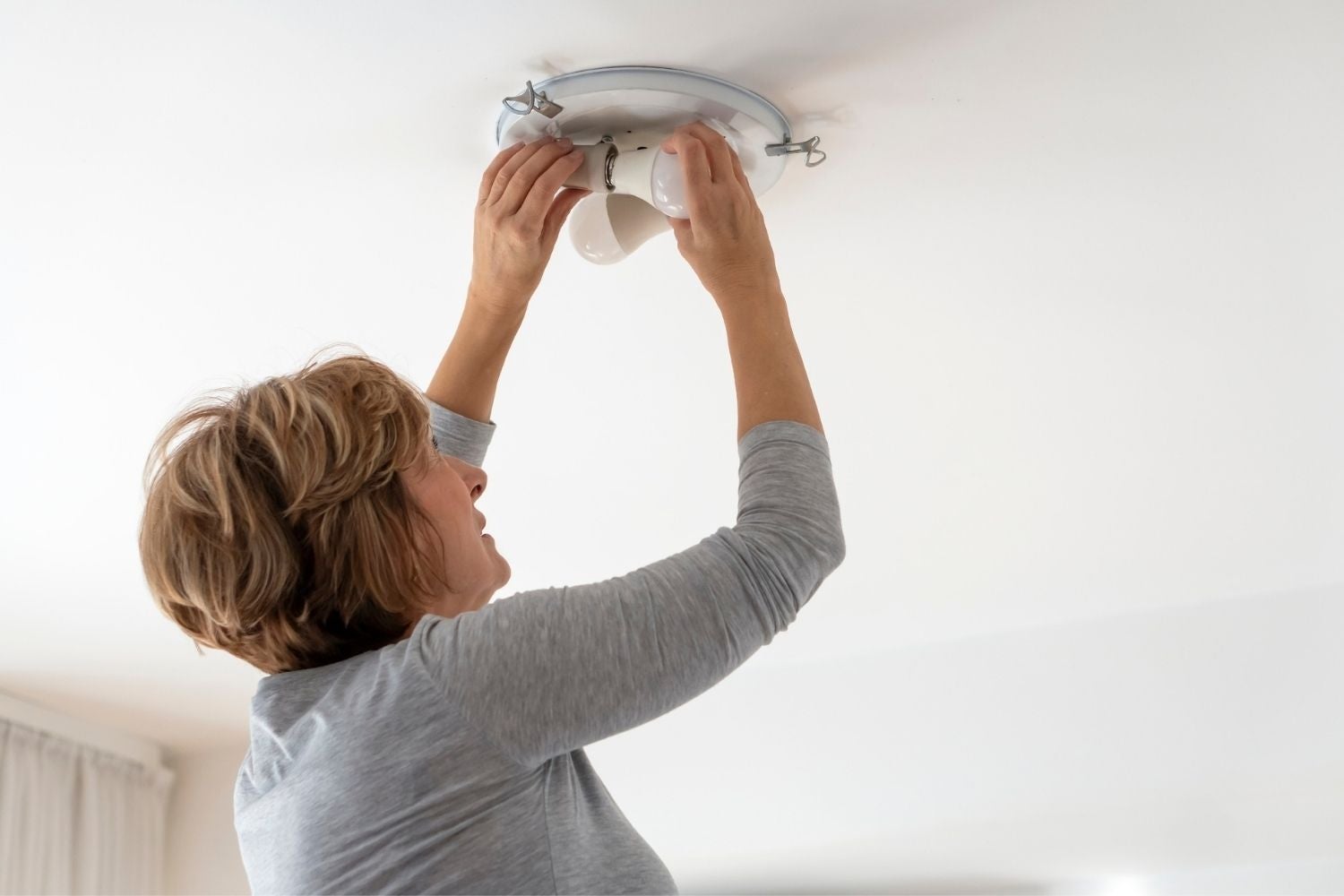

0 thoughts on “How Long Does A Toothbrush Last”